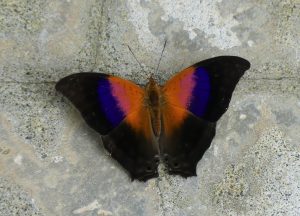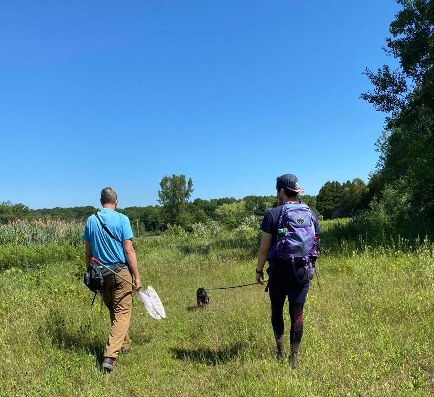eButterfly Webinar on July 21st, 4 PM (EST)
Do you want to learn about the latest features released on eButterfly such as computer image recognition, a discussion forum, eBLabs, and more? Or maybe you’d like to learn how to use eButterfly for its full potential? If so, don’t miss our upcoming webinar on Thursday, July 21st, at 4 PM (EST) with Rodrigo Solis Sosa, our Human Network and Data Coordinator. Pre-register here: https://bit.ly/3IxTUSj


